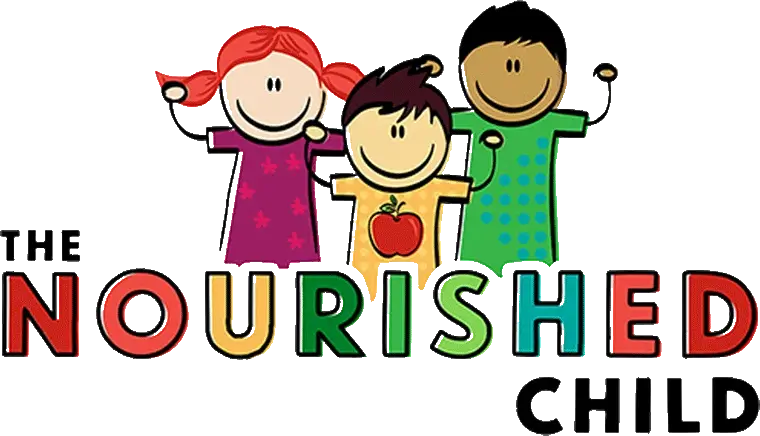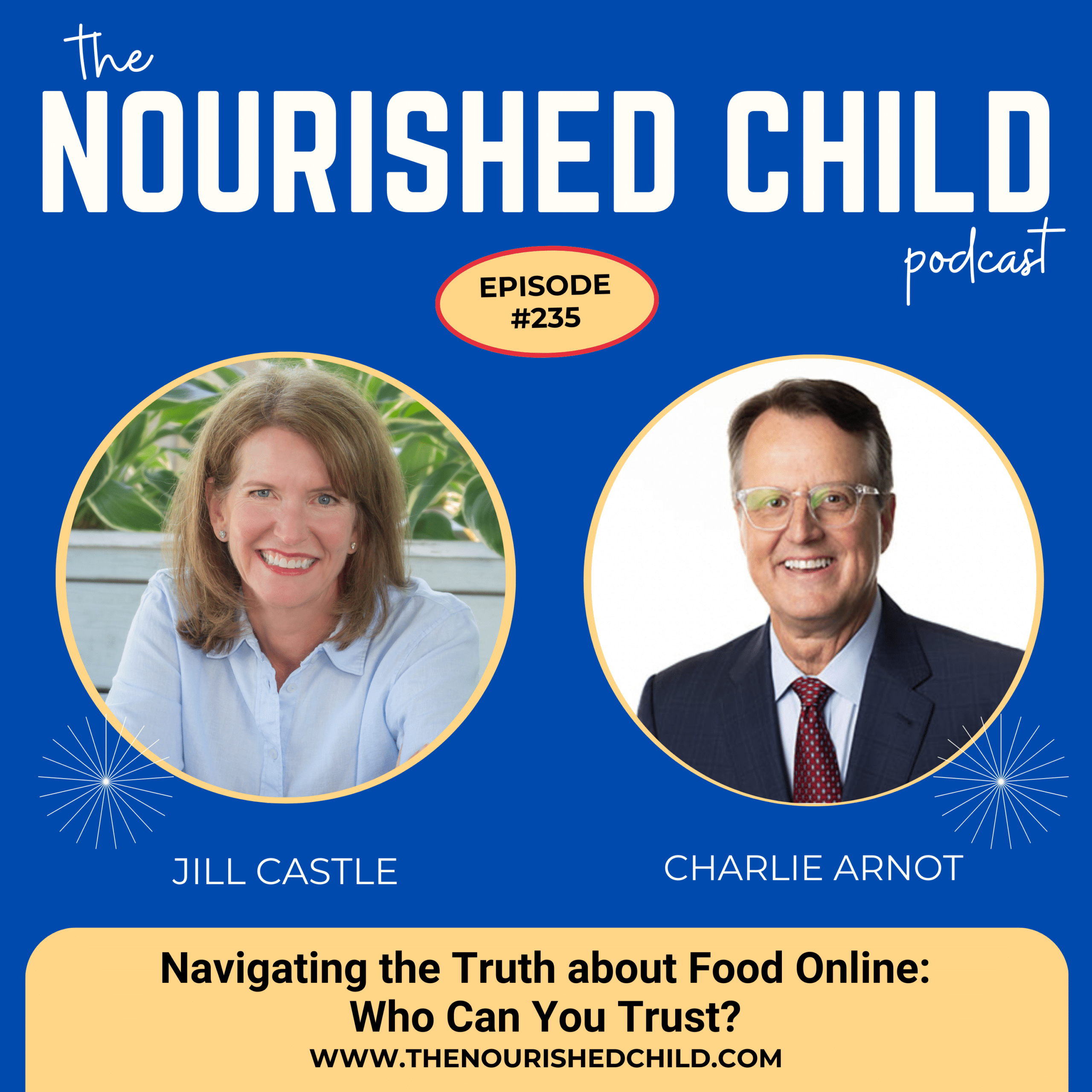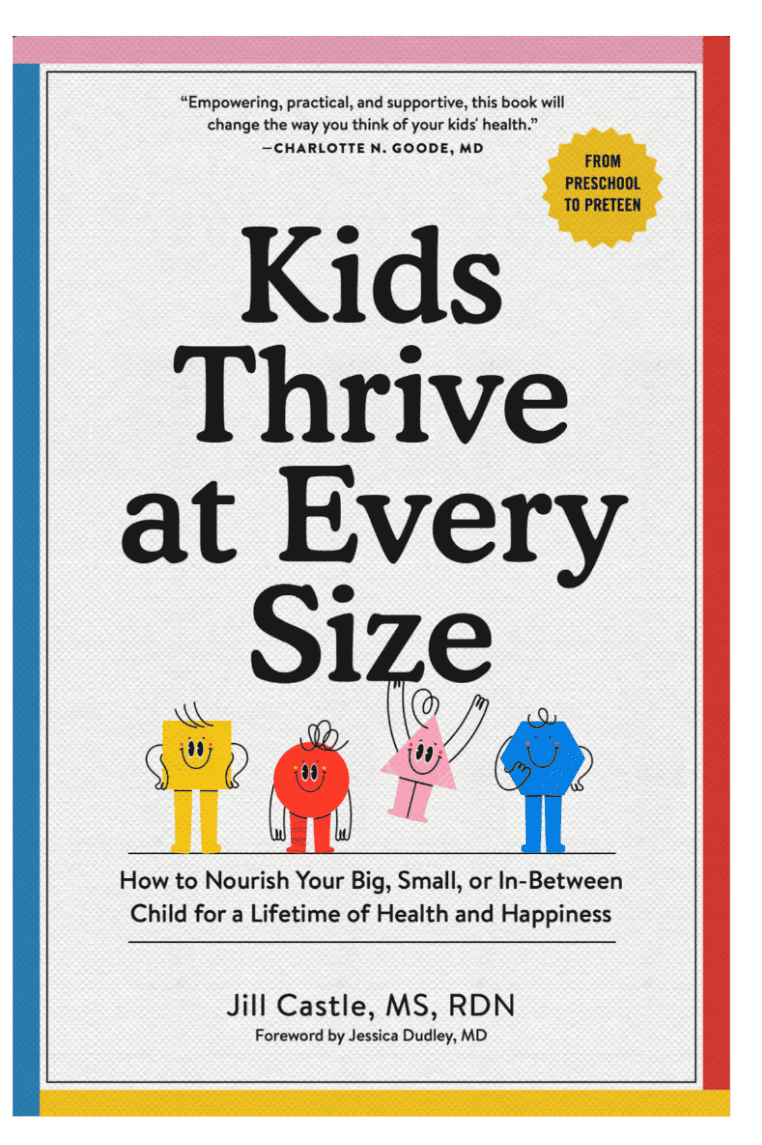The Difference Between Natural vs Added Sugar for Kids
March 30, 2025
Kids love sugary foods. Keeping an eye on your child’s sugar consumption is important if you want to maintain a nutritious, balanced diet.
Are you worried about sugar in your child’s diet? Maybe you’re wondering if you should limit the total sugars they eat?
It can be confusing to track the different types of sugar in the foods kids eat and manage the overall balance. As a pediatric dietitian, I know questions and concerns about sugar are top of mind for many parents.
In this article, we’ll review the difference between added sugar and natural sugar along with some tips for keeping sugary foods in your child’s diet in check.

Added Sugar vs. Natural Sugar
First, let’s start with the difference between added sugar and natural sugar. Natural sugars are lactose (milk) and fructose (fruit) and they’re already included in foods naturally. These sugars are not added. They exist in foods like milk and dairy products, and fruit.
In contrast, added sugar is found in sweet foods such as desserts, cookies, pies, candy, soda, other sweetened beverages, flavored yogurt, sweetened cereals, and yes, even pasta sauce.
Think of it this way: when sugar is added to a food product, it’s added sugar. Types of added sugar include table sugar (or cane sugar), brown sugar, high-fructose corn syrup, raw sugar, honey, maple syrup, and agave nectar, for instance.
Is Natural Sugar Good for You?
This is a tricky question. Sugar is not “good for you.” You don’t need sugar the way you need the nutrients protein and carbohydrates. There are no daily requirements for sugar. But, foods with naturally occurring sugars, like yogurt and strawberries, include other important nutrients your child needs. Fortified milk is a source of calcium, vitamin D, and potassium. Fresh fruits are whole foods and a source of fiber and phytonutrients.
Fruit drinks or fruit-flavored drinks generally have added sugars included as part of the recipe. They aren’t the same as 100% fruit juice, which doesn’t have any added sugar.
Even 100% fruit juice has more sugar than a piece of fruit. It takes several pieces of fruit just to make a half cup of fruit juice. Plus, you lose the fiber content.
This is why we have a daily limit on fruit juice for children. It’s very sweet and contains a concentrated source of sugar, even though these are natural sources. Stick to whole fruits for your child as much as possible.
[Watch Added Sugar vs. Natural Sugars on YouTube]
Common Foods with Naturally Occurring Sugars
Many foods have natural sugars. Nature made them this way. Here are some of them:
- Yogurt (plain) – yogurt with fruit or drinkable yogurts have added sugars.
- Fruit
- Milk and Milk products (with no sugar added)
- Honey
- 100% maple syrup
Fun fact: Lactose is the sugar that’s in milk. But, lactose-free milk still has sugar in it. Lactose isn’t actually removed in lactose-free milk. The enzyme that digests lactose, called lactase, is added to regular milk to break lactose down so it’s easier for you to digest. And ultra-filtered milk, like Fairlife, has lactose filtered out, resulting in even less sugar content!
How Much Added Sugar? The Recommendations
Did you know that the average American child between the ages 2 to 13 years exceed the recommended limit of added sugar? Yes, by 57% – 80% (depending on age group and gender). Getting a handle on the sugar content in your child’s diet is one of the keys to healthy eating and preventing health problems down the road. The good news is we have the 2020 Dietary Guidelines for Americans to guide us.
There’s no minimum amount of sugar you should eat, but the guidelines provide a recommended daily limit. This limit is meant to be used as a frame of reference; the limit is not intended for you to obsess about, nor is it a target you’ll be able to meet each and every day. Your child’s intake will vary. Focus on the overall balance, or average intake over the course of a week, for instance. This is what matters most.
The sugar limits are 10% or fewer calories from added sugar. This is the target for the whole day.
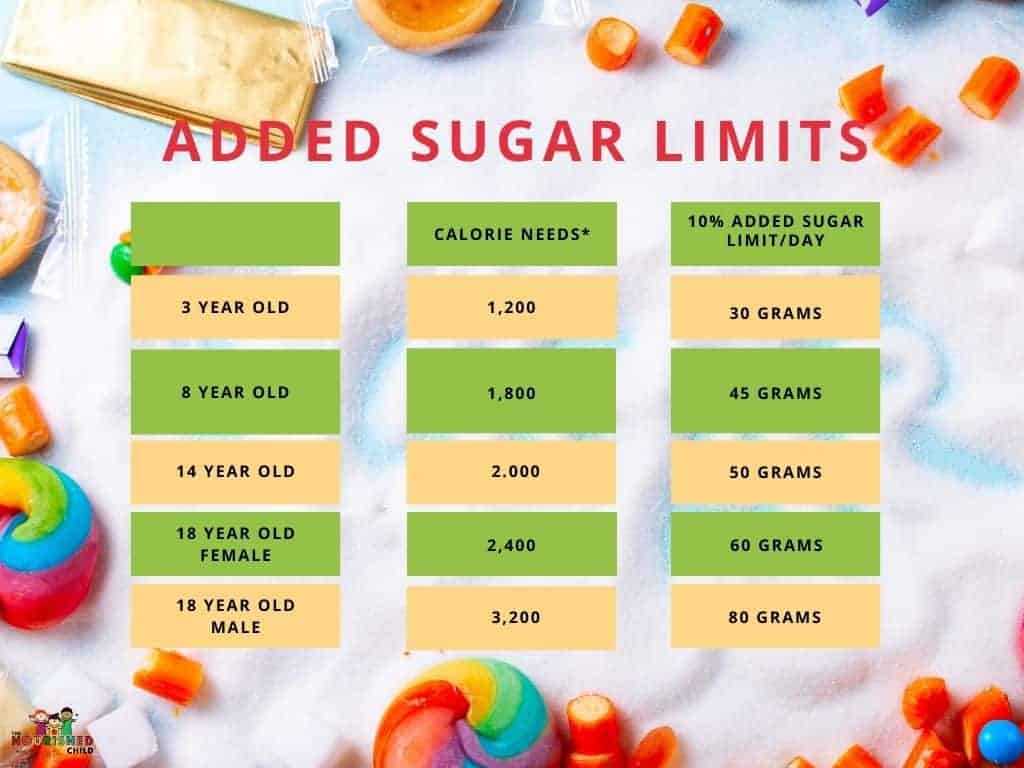
The sugar limits do not apply to foods that NATURALLY contain sugar, like milk, unsweetened milk products, and fruit. A medium apple has about 14g of sugar and there’s about 12g in one cup of low-fat milk. That’s all naturally occurring sugar.
Your child should be eating 1 to 1-½ cups of fruit and about 2-3 cups of dairy each day to get all the nutrients they need.
So, don’t worry about sugar in these foods.
Last, the numbers are based on the estimated calorie needs for the average child who is moderately active, and are noted by age. As you can see, these needs change as children grow. They can also change based on activity level; sedentary children will need fewer calories and active children will need more. These are general population recommendations, so use this as a guide to get you started. Most likely, your child will not vary greatly from these age-related goals, however.
To put this in perspective, I have compiled some common foods kids tend to eat, just to give you a quick comparison:
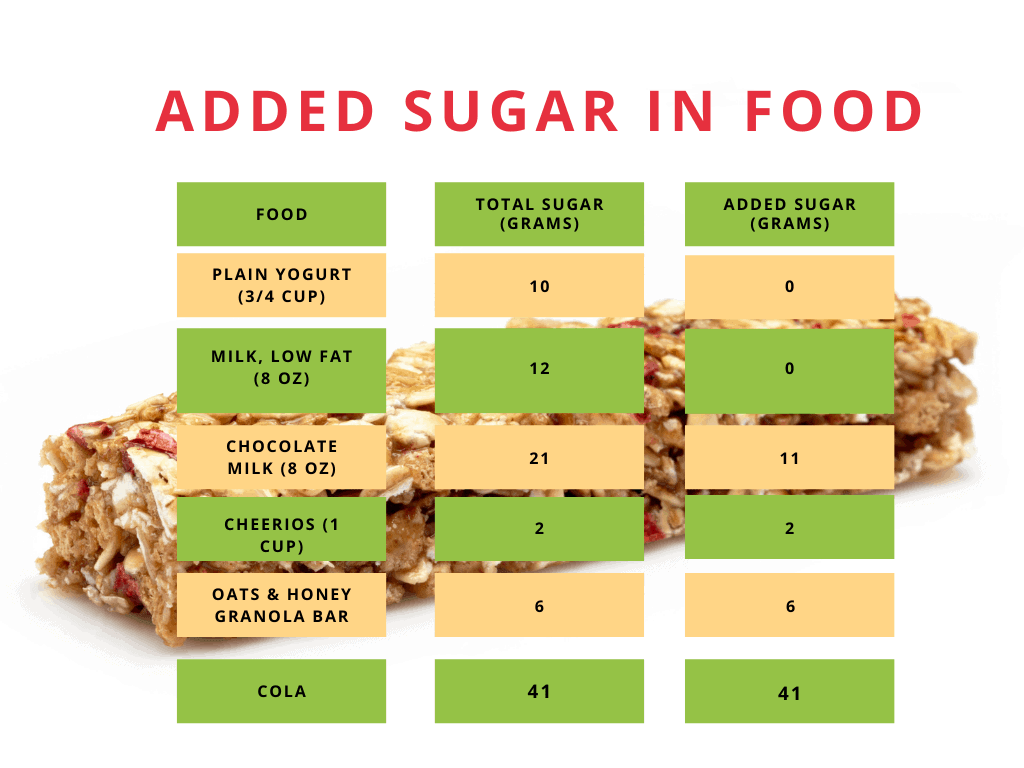
How To Cut Back on Added Sugar in Your Child’s Diet?
If you find there’s too much sugar in your family’s diet, here are some ways to keep the added sugar in check:
- Use the nutrition facts label to find the added sugars in food products. The ingredient list is also helpful in pinpointing the type of sugar in the product. In the following sample, you can see there’s 10g of added sugars, or 2 teaspoons of sugar (20% of the daily value), in just one serving of this food.
- Added sugar comes in obvious forms and not so obvious forms, like in pasta sauces, granola bars, or flavored yogurt. Keep an eye on the total sugar intake from sugary drinks and sweet foods like ice cream.
- A little bit of sugar goes a long way to calming a child’s potential obsession with it. If you take all sugar out of the diet entirely, you might find yourself with a child who is overly focused or reactive to sugary foods.
- Look at your usual family foods and get a read on which ones tend to be high in added sugar. Take a quick diet assessment of your child’s usual intake of sugar. Ideally, you’ll want to be hitting the 90-10 Rule balance of sweets and treats. If you need to cut back, start with some of these suggestions. Remember, it’s the average intake over time that matters. A day of high amounts of sugar happens. What you don’t want is that to become an everyday event.
- You must allow your child to enjoy sweets when they have them. No guilt trip. Period. Read again: Must. Enjoy.
- Don’t forget that our little ones are human, and if they taste sugar, see sugar, and smell sugar, they will probably like sugar and want it. And if they get it often enough, even small amounts, they may also develop a sweet tooth.
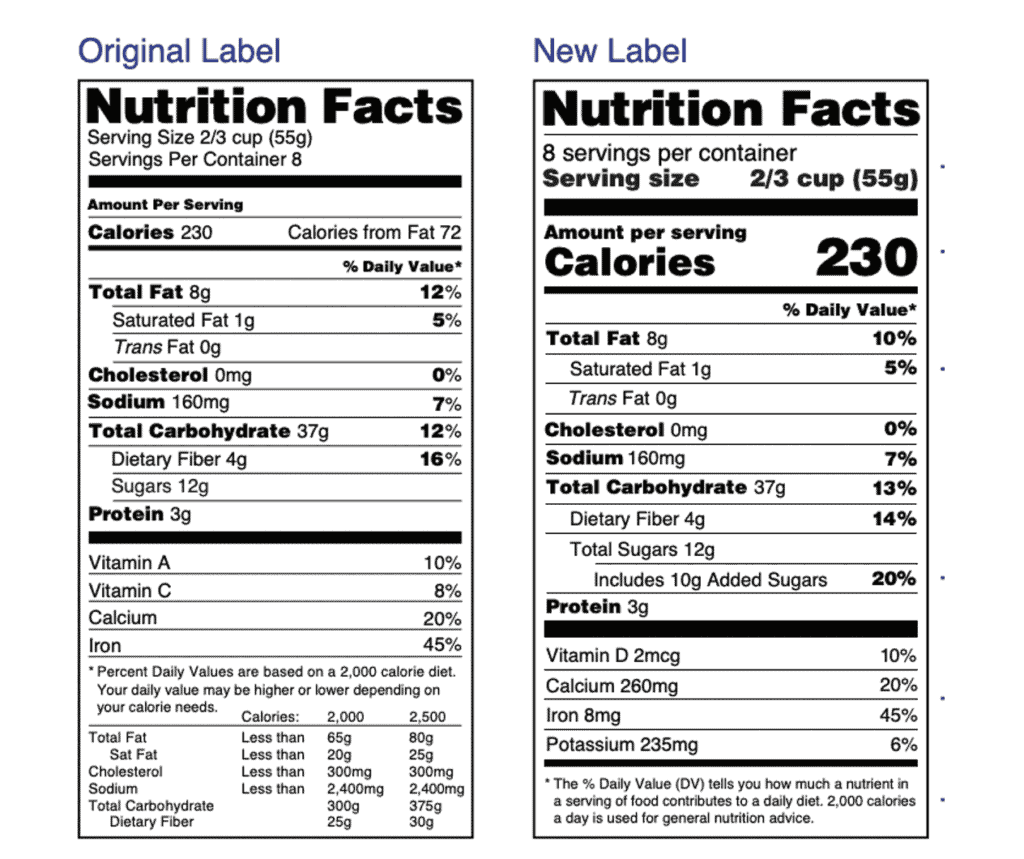
I’ve got a related podcast episode on this topic called Striking the Sugar Balance in Kids–check it out!
Resources
- The Nourished Child Blueprint – my flagship course! Learn how to balance all foods without too much added sugars – and feed your child in positive ways.
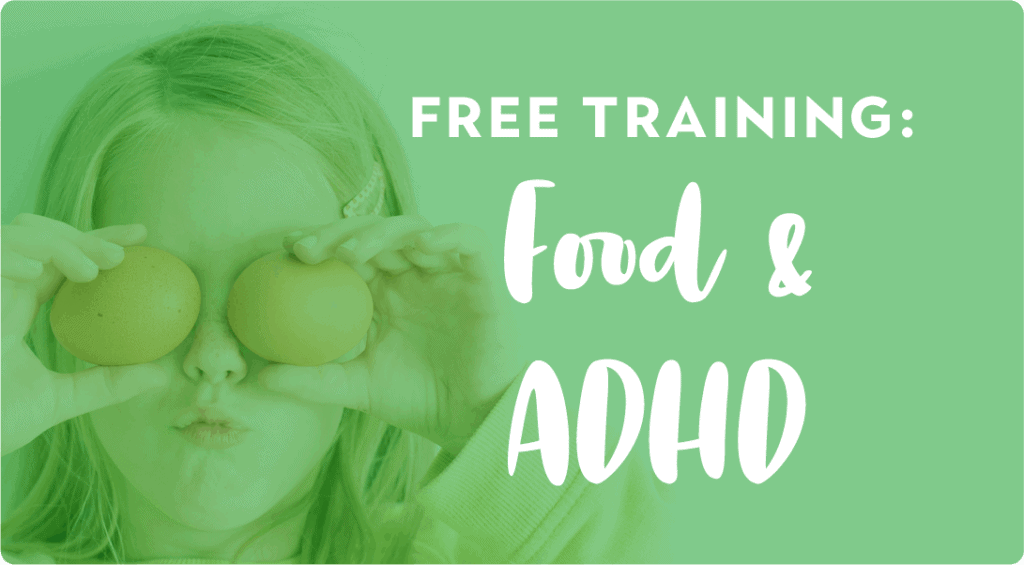
Got a child with ADHD? View our Food & ADHD training.
References
- The New and Improved Nutrition Facts Label – Key Changes
- U.S. Department of Agriculture and U.S. Department of Health and Human Services. Dietary Guidelines for Americans, 2020-2025. 9th Edition. December 2020. Available at DietaryGuidelines.gov.

Jill Castle, MS, RD
I like empowering parents to help their children and teens thrive at every size with realistic advice centered on healthful habits around food, feeding, nutrition and health behaviors. As a pediatric dietitian and author, my goal is to share strategies and realistic advice to help you raise a healthy and happy child through my articles and podcast.
